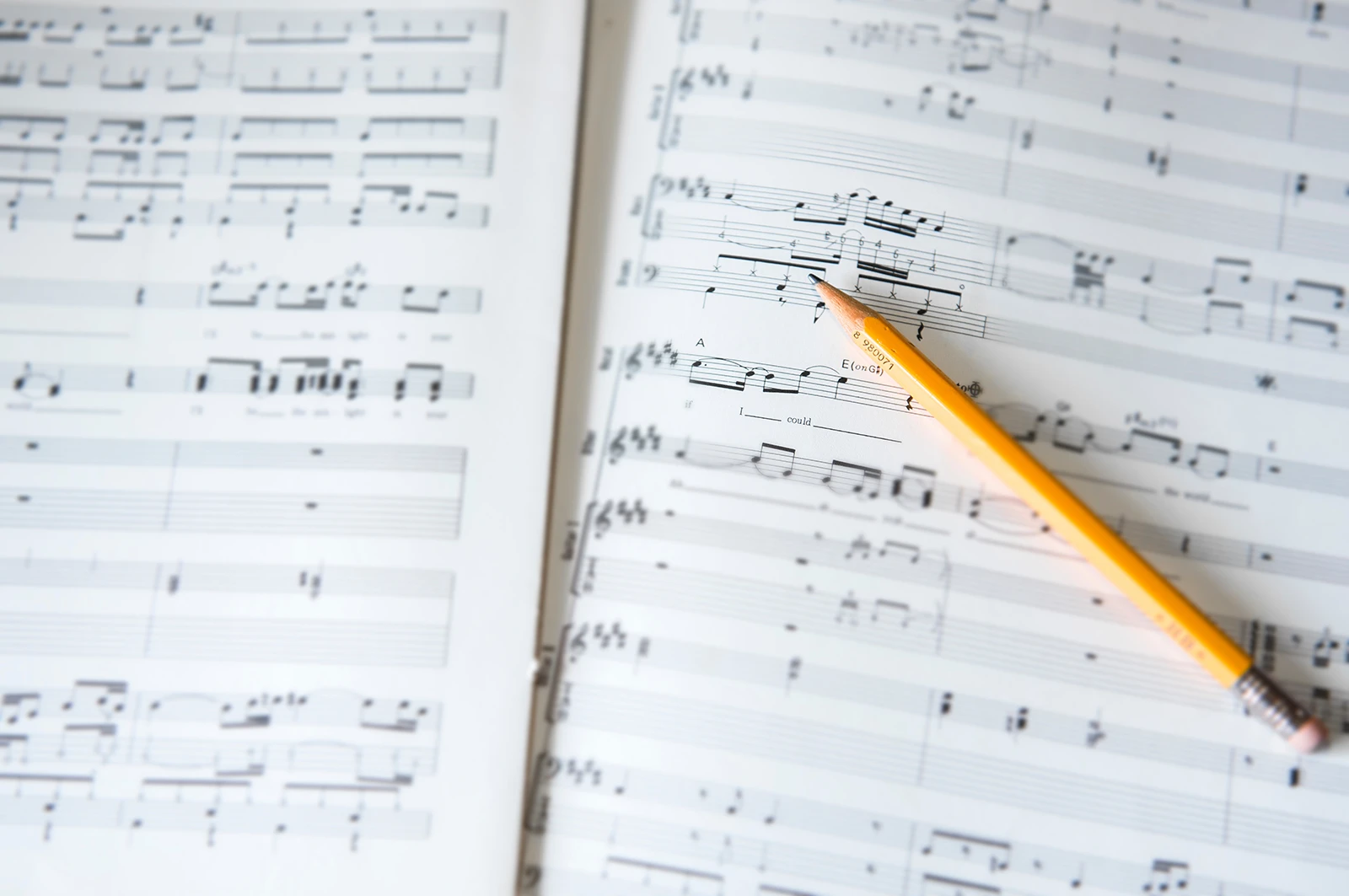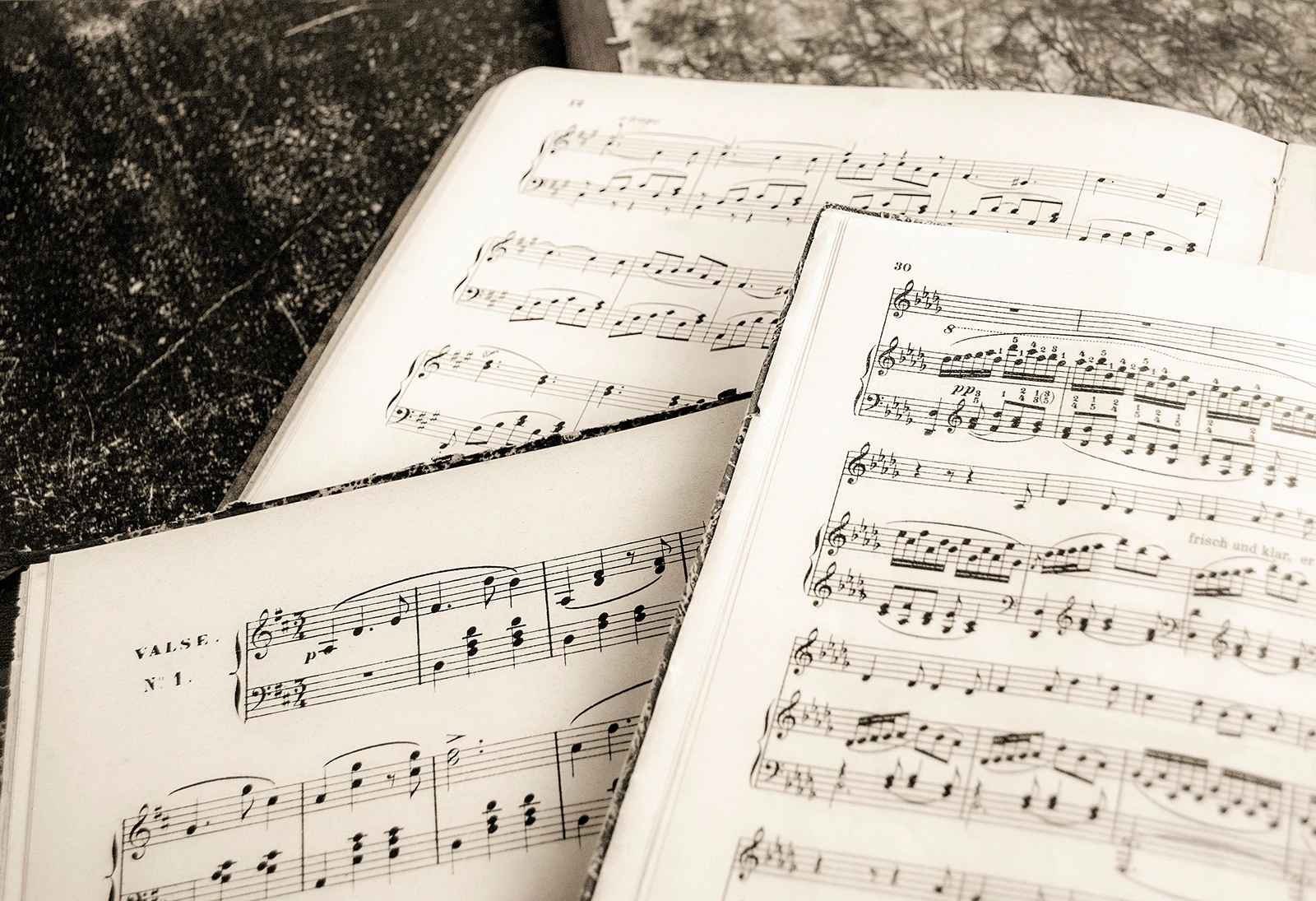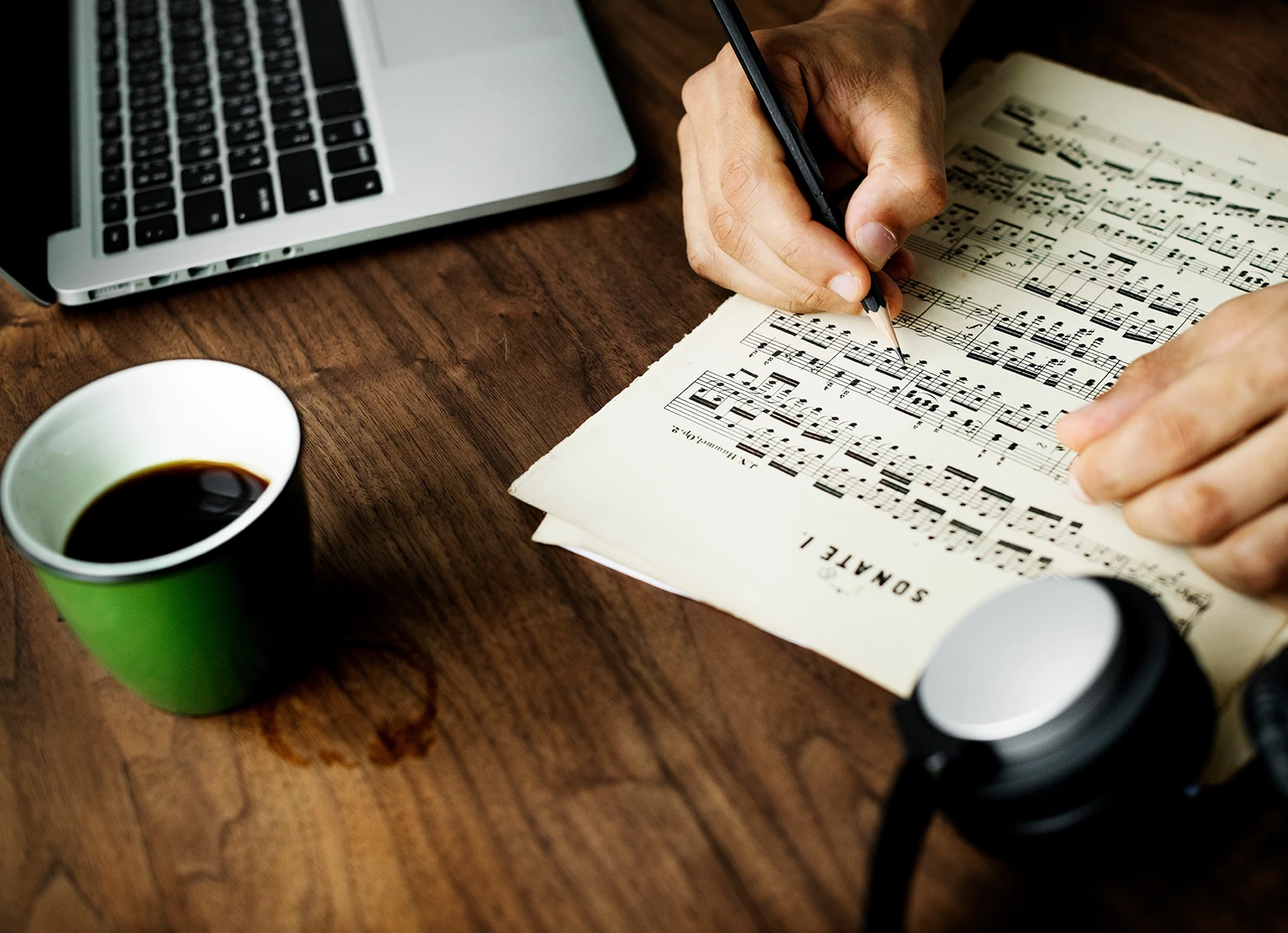Perhaps it is because of the instrument that is near and dear to me (the bassoon), but I absolutely adore listening to, and programming music of the Renaissance with bands! The Renaissance Era (ca. 1400-1600) was the crucible in which music for winds was born, beginning with the consort principle of instrumental families, and culminating in broken consort writing that was the genesis of the modern concert band. It is in this music that we can provide experiences for our students that introduce them to the band’s early history, the relationships between dance forms and specific rhythmic patterns, wide varieties of instrumental combinations (consort vs. broken consort), harmonies derived from modal scales, and an almost infinite variety of articulation styles, just to name a few.
Thankfully, there are a rather large number of quality Renaissance transcriptions for bands of all ages and ability levels. These next two articles will give a brief introduction to many of these works, specifically for grades 1 through 4. Let’s begin!
Arrival of the Court (4) – Ottorino Respighi (1879-1936) / Jean Baptiste Besard (1567-1625),
Arr. Robert Longfield
This work is particularly unique as it is a transcription of a transcription! One could easily make the case that Ottorino Respighi was one of the most skillful and creative orchestrators in all of music history. His large works such as Roman Festivals, The Pines of Rome, and Church Windows have enthralled audiences since the earlier part of the 20th century. In addition to his skills as an orchestrator, he took a keen interest in music of the Renaissance and the Baroque, creating transcriptions of these works that undoubtedly making some of them more well known then when they were composed centuries before. Some of my personal favorites include The Birds, the Passacaglia and Fugue in C Minor by J.S. Bach, and the three Ancient Airs and Dances suites.
Arrival of the Court is taken from the middle movement of the Ancient Airs and Dances Suite No. 3 (1932), which was originally written for string orchestra. It is based upon a ballet suite of the same name written by Jean Baptiste Besard (1567-1625), who was a French lutenist, anthologist, music theorist, and composer. This transcription is masterfully done by Robert Longfield, who studied composition with Jerry Bilik at the University of Michigan, and Alfred Reed at the University of Miami. Longfield also played in the University of Michigan Symphony Band under William Rivelli, where he undoubtedly played and experienced some of the finest transcriptions written for the wind band medium.
Alman (1) – Thomas Morley (1557-1602) / arr. Chip de Stefano
The British Renaissance composer Thomas Morley, as many of the musicians of his day, wore several “hats” in the pursuit of his art. In addition to his contributions as a composer and theorist, he had an active career as a singer and organist, serving several churches in and around London. He is considered to be one of the first English madrigalists, as well as writing a music theory textbook, A Plaine and Easie Introduction to Practicall Musicke (1597). Perhaps his most influential teacher was William Byrd (1543-1623), widely considered to be the culminating figure of Renaissance music in England.
An “Alaman” is perhaps better known by its longer title, “Allemande”, a dance form frequently found in this time period. This transcription is taken from one of the greatest collections of keyboard music, the Fitzwilliam Virginal Book composed between 1562 to 1612. Over 300 works by more than a dozen composers can be found in this collection, including several by William Byrd that will be referenced several times in this article. Clocking in at just over a minute and a half, this grade 1 arrangement by Chip de Stefano is a wonderful opportunity for younger students to experience this important part of our history.
The Battell (4) – William Byrd (1543-1623) / arr. Gordon Jacob
This is the first of several transcriptions of William Byrd by his fellow countryman and legendary contributor to the repertoire of bands everywhere, Gordon Jacob (1895-1984). In addition to Jacob’s legacy as a composer and teacher at the Royale College of Music, he also wrote several texts dealing with orchestration, score study, and life as a composer. His catalog includes over 700 works, including transcriptions by Byrd as well as Edward Elgar and Ralph Vaughan Williams. One of the finest examples of these transcriptions is Jacob’s setting of Vaughan William’s English Folk Song Suite for orchestra. The second movement in particular is simply exquisite.
While not having the popularity of the William Byrd Suite or Giles Farnaby Suite, The Battell is a substantial 18-minute work for band based upon Byrd’s keyboard works found in his My Ladye Nevells Booke, composed between 1588 and 1591. Each movement is a musical description of a military encounter, beginning with “The Souldier’s Sommons”, leading to “The Marche to the Fighte”, and then “The Buriing of the Dead”. They are excellent early examples of programmatic music, as well as the opportunity to experience the genius and craft of this dynamic duo from England.
Belle qui tiens ma vie (Beauty who has my life) (2.5) – Jehan Tabourot (1520-1595) / arr. Bob Margolis
Band directors everywhere owe a debt of gratitude to composer, arranger, and publisher Bob Margolis for promoting and championing Renaissance transcriptions for bands. This is the first of several of his works that will be featured in this article. Jehan Tabourot truly defines the term “Renaissance Man” due to his interests and writings in astronomy, the theory and history of dance, and of course, musical composition.
This work, set in the style of a pavane, can be found in Tabourot’s treatise Orchesographie (1588), which is a detailed description of sixteenth century dance forms. This treatise, which includes woodcuts of dancers and dance tabulations, can be found in an English translation through Dover Publications. Some of dance principles found in this text eventually formed the basis of fundamental positions of the feet in classical ballet. This work exists in several other transcriptions by such composers as Leo Delibes, Camille Saint-Saens, and Peter Warlock’s Capriol Suite for strings.
Cathedral Music (2) – Thomas Tallis (c. 1505-1585) and Jacob Handl (1550-1591) / arr. Kenneth Singelton
Kenneth Singleton, who recently retired after a distinguished tenure as Director of Bands at the University of Northern Colorado, has provided us with a transcription of two vocal works by two late Renaissance masters. Thanks to the genius of Fisher Tull (1934-1994), bands all over the world have had the opportunity to experience Tallis’ music in his Sketches on a Tudor Psalm. Ralph Vaughan Williams (1872-1958) also took interest in the music of his fellow countryman in his Fantasia on a Theme of Thomas Tallis for string orchestra. The music of Jacob Handl is perhaps not as well known. Born of Slovenian ancestry, Handl was a prolific composer of sacred and secular works with over 500 titles attributed to him. The vast amount of these pieces are for voice, with one having over 24 individual parts!!!! Cathedral Music is a setting of two vocal works by Tallis (If Ye Love Me) and Handl (Regnum mundi). Ken Singleton has masterfully scored these works for younger bands – I strongly recommend this arrangement!
Court Festival (1) – William Byrd / arr. Bruce Pearson
Well-known composer, arranger, and educator Bruce Pearson has provided us with a lovely setting of William Byrd’s “Earle of Oxford March”, found in the Fitzwilliam Virginal Book. This singular movement has been arranged perhaps dozens of times for various instrumental ensembles, and this setting for elementary band is a worthwhile addition to the repertoire.
Dance Suite (2.5) – Michael Praetorius (1571-1621) / arr. David Martlatt
Michael Praetorius is considered to be one of the giants of the Renaissance era, and for good reason. In addition to his large catalog of works for organ, voice, and instrumental music, his three-volume treatise, Syntagma Musicum (1614-1620), is one of the most important writings from this period. In the third volume of this treatise, drawings of wind instruments with specific measurements were presented for the first time. This was a tremendous step forward for building and designing wind instruments, as it allowed instrument makers to begin coalescing around a standard set of measurements that would hopefully allow instrumentalists to perform together regardless of who made their instrument.
Praetorius’ Terpsichore (c. 1612), named after the Greek muse of the dance, has been frequently been transcribed for instrumentalists of all ages and abilities. Containing over 300 individual dances, it is a literal treasure trove of opportunities to explore this music with an almost infinite variety of orchestrations since Praetorius never specified specific instrumentation in the score. David Martlatt, owner and operator of Eighth Note Publications, is a terrific arranger and transcriber of works for brass and concert band, and this work is no exception.
Dances from Terpsichore (1.5) – Michael Praetorius / arr. Katheryn Fenske
This transcription is one of many from the talented pen of arranger, composer, and educator Katheryn Fenske. Set in two movements (Ballet and Leaping Dance), it provides younger musicians to explore the genius and creativity of this monumental work in the Renaissance repertoire. In addition to this transcription, Fenske has published grade 1.5 to grade 2 works featuring the music of Byrd, Susato, and Heitor Villa-Lobos.
Fanfare, Ode, and Festival (2.5) – Clause Gervaise (c. 1525 – 1583) / arr. Bob Margolis
This publication is one of the earliest Renaissance transcriptions arranged and published by Bob Margolis in 1982. It has found it’s way onto many programs since then, and continues to be frequently performed by bands all over the country. Gervaise was active as a composer of secular vocal and instrumental works, as well as and assistant to Pierre Attaingnant’s music publishing business (see below). Following Attaingnant’s death in 1951/1952, Gervaise continued to assist his widow with the publishing business for many years.
Fitzwilliam Suite (2) – arr. Phillip Gordon
Phillip Gordon (1894-1983) contributed mightily to the repertoire of American bands and orchestras during his lifetime. Educated at Columbia University, he began his teaching career at Chicago Musical College, later moving to Seton Hall University and Westminster Choir College. Several of his works for band composed between 1960 and 1974 continue to appear on selective music lists all over the United States. The Fitzwilliam Suite of 1962 features three keyboard transcriptions from three giants of the Renaissance: William Byrd, John Bull, and Giles Farnaby.
Five Court Dances (3.5 – Flex Band) – William Brade (1560-1630) / arr. Makoto Onodera
I must confess that when researching this article I had never heard of the English composer William Brade. However, after listening to this transcription, I found his music to be quite attractive! In many ways, Brade had many things in common with Georg Frederick Handel in that both were English composers that spent much of their career in other countries. Brade spent much of his career as a court musician in Denmark and Germany, eventually striking out on his own as a town musician in such cities as Copenhagen, Gottorp, Berlin, and Hamburg, where he passed away in 1930. The vast majority of his output was instrumental music, in particular five volumes of dances that strongly influenced the development of dance suites used by J.S. Bach and his contemporaries. Set in four movements for flex ensemble, this recent publication opens up numerous opportunities to explore the music of this stylistically transitional composer.
Four French Folk Songs of the 16th Century (4)– Pierre Attaingnant (1494-1552) / arr. Robert Hanson
Composer, publisher, and music printer Pierre Attaingnant not only left his mark (pun intended) through his musical works, but also as an individual that literally changed the direction of preserving and distributing the repertoire in the 16th century. Prior to Attaingnant, a two-step process was used to print music: first the staff, and then the notes in separate impressions. Attaingnant developed a movable music type that could print all of this information in one pressing, saving a great deal of time and labor. This new printing process was quickly adopted in Europe – Attingnant alone published the music of over 150 of his fellow composers during his lifetime.
The four works transcribed in this set are taken from a collection entitled Thirty Chanson for Three and Four Voices. Robert Hanson, who studied at Northwestern University and was music director for many years of the Elgin Symphony (IL), has created a masterful transcription full of color and rhythmic vitality. Originally published in 1973, this transcription fell a bit into obscurity for many years, no doubt due to the rapid expansion of the band repertoire over the last 50 years. Thankfully, it’s inclusion in the second volume of Teaching Music Through Performance in Band has once again brought attention to this gem in our repertoire.
Knightly Procession (.5) – Tylman Susato (1500-1570) / arr. Jack Wilds
This is the first of several transcriptions of Tylman Susato’s Danserye from 1551. Susato developed a reputation as a true “Renaissance Man” (pun intended) due to his multifaceted career as a composer, music printer, and performer on the trumpet, flute, and tenor pipe. For many years, his shop was located in the city of Antwerp where he could be found “At the Sign of the Crumhorn.” A prolific composer of sacred and secular vocal works, his instrumental music, particularly that of the Danserye, continue to make him a relevant contributor to the world of wind bands even today.
Knightly Procession is a setting of the opening movement of the Danserye, “La Morisque”. Arranger Jack Wilds has done a terrific job of preserving the character and energy of the original dance, while at the same time adapting some of the rhythms for younger musicians.
La Volta (2) – William Byrd / arr. Katheryn Fenske
Originally written for keyboard, Fenske’s arrangement of William Byrd’s music is incredibly well done. I personally have done this work with many honor bands – the students really like it!
Madrigal for Band (1) – John Wilbye (1574-1638) / arr. Anne McGinty
Elementary band directors across the country are deeply indebted to the contributions of Anne McGinty. We can claim her as an honorary Pennsylvanian as she completed her undergraduate degree at Duquesne University, studying flute with legendary principal flute of the Pittsburgh Symphony, Bernard Goldberg, and studying composition with the eminent Joseph Willcox Jenkins. Madrigal for Band is a transcription of As Fair as Morn, penned by the English composer John Wilbye. Unlike many of his colleagues during the Renaissance that composed for various mediums, Wilbye’s ouput is almost exclusively vocal, with his madrigals considered to be some of the finest examples in his native country.
Stay tuned for Part 2 in the next issue!!!







